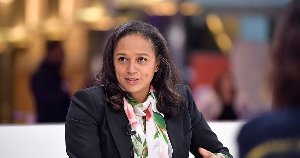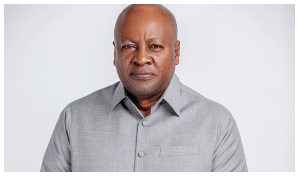Human dependence on digital media technologies has increased significantly as people try to observe social distancing protocols to curtail the spread of COVID-19. Digital media technologies such as smartphones, computers and the Internet have become indispensable for work, education, entertainment and social connection in this period. This article explores the implications of heavy dependence on digital media and explains why digital literacy is imperative for all media users.
Keeping physical social distance and staying at home, even for months is a small price to pay when compared to the devastation of COVID-19 infection. In observing these protocols, people have no choice than to rely on digital media technologies to perform daily functions. The mass media, especially the digital media have become the only connection between students and their teachers, pastors and congregants and even in some cases between parents and their children.
Human interaction has come a long way from the use of signs to reliance on electronic technology, and now digital technology. Digital media are therefore modern internet-enabled communication channels. Digital media are characteristically different from print and electronic media in terms of their social and technological attributes, hence the accolade new media. For example, digital media or new media platforms such as Social Networking Sites (SNS) or social media are very interactive and are driven by user-generated content. They are also difficult to control or regulate because 'no one' is completely in charge of the content.
Human dependence on digital media is not a recent phenomenon, but the extent of dependence especially, here at the digital-south (technologically disadvantaged parts of the world) has never before been this massive. In 2018, a global report on internet use compiled by international digital agencies, Hootsuite and We Are Social revealed that more than 10 million people in Ghana had access to the internet, and more than half of this number (5.6 million) were active social media users.
The current social distancing protocols have intensified the frequent use of already popular social media platforms like Whatapp, Facebook, Twitter and Instagram. Increased media dependence comes with significant media effects, all things being equal. Excessive digital media use especially for non-work-related activities may cause anxiety and other behavioural problems especially among young adults.
Prolonged hours in front of the computer or mobile phone screen (high screen time) may also lead to a sleep disorder, eating disorder and mental health problems. Aside from these social media users are exposed to internet threats and risks such as misinformation, disinformation, cyber-bullying, trolling and identity theft.
The dangers associated with new media are well documented, but these are not easy to address at the macro level. New media platforms such as social media are globalized, dynamic and hence elusive to conventional media regulation. As a result, social media users must watch out for themselves as there can be no government regulation nor industry intervention that can guarantee optimum protection for all users.
For example, Whatsapp, the instant messaging service owned by Facebook is doing all it can to address viral disinformation by limiting the number of times a message may be forwarded, but this has not stopped viral misinformation.
All social media users must, therefore, become critical of the content that they consume and must be responsible for what they produce (including share), this is part of digital literacy. Digital literacy is a bundle of skills, knowledge and attitude necessary for cautious but productive participation on social media (and other new media). In conclusion, new media require new competencies – digital literacy competencies. Digital literacy is indispensable under the current circumstances of high dependence on digital media technologies for daily subsistence.
Click to view details



General News of Saturday, 25 April 2020
Source: Stephen Tindi

















